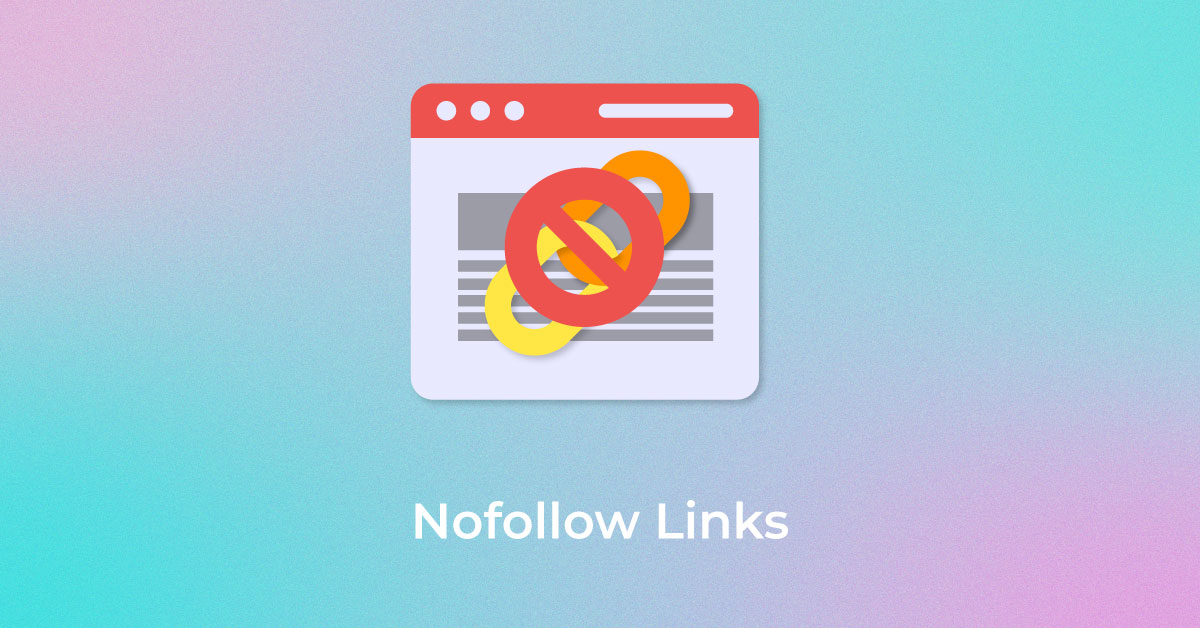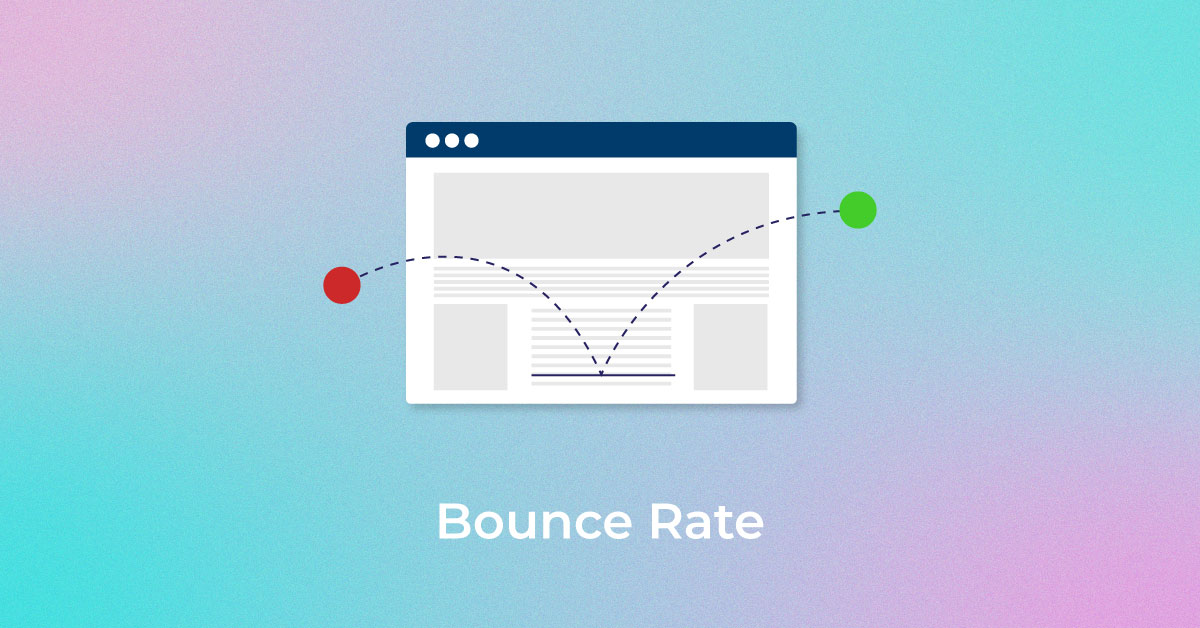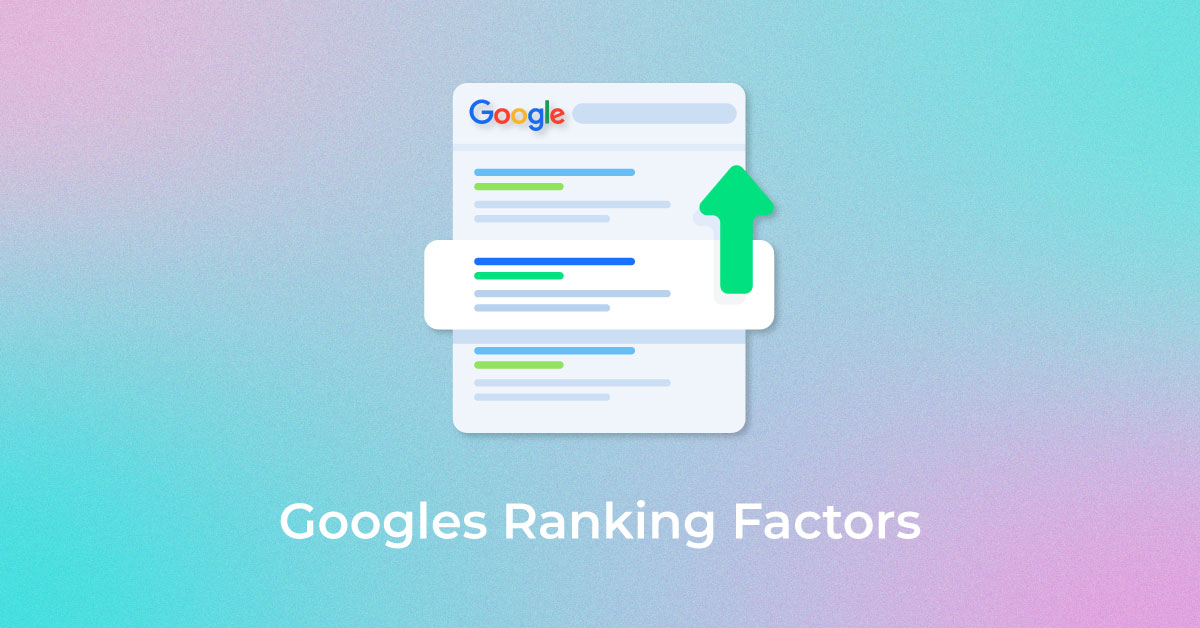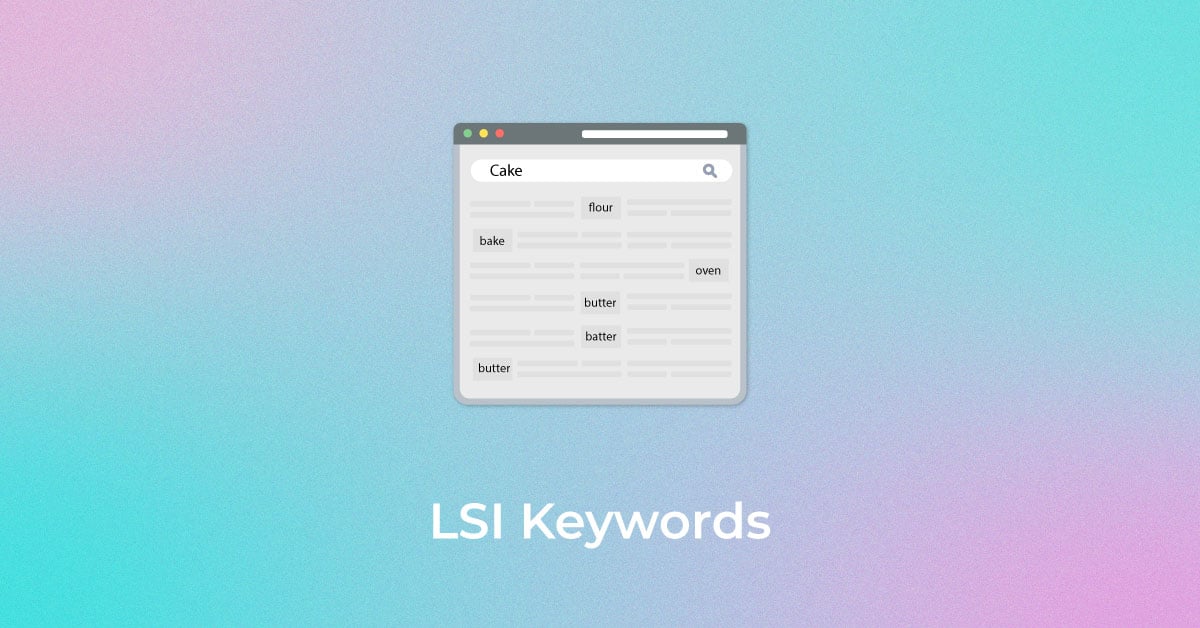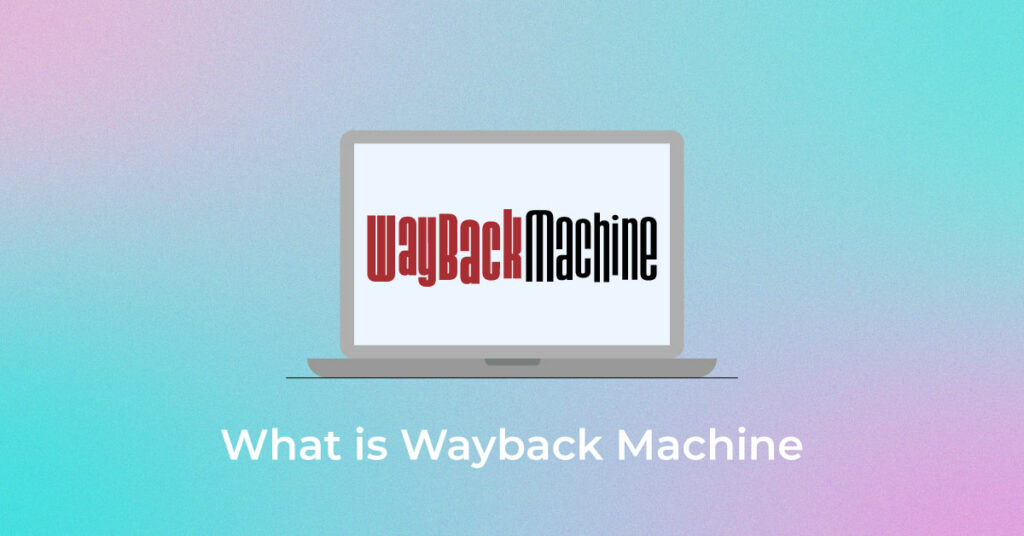As a site owner, you will continue to update your website to achieve the best search engine optimization (SEO) results. Updating the website may include adding new content, changing the structure of the site, updating landing pages, updating URLs, optimizing title tags with new keywords, and so on.
However, when making major changes to your site, there are chances that things may not always go as planned. In such a case, you will want to figure out which previous changes interfered with your SEO objective. This is where Wayback Machine comes to your assistance. Here are different ways to use Wayback Machine to improve your rankings.
Wayback Machine—Eight Ways to Improve SEO
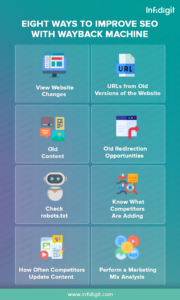
1) View Website Changes
Website changes have a significant impact on page ranking and traffic. There might be a few changes that are not user friendly and can cause visitors to leave your site. If you are wondering how the Wayback Machine works in this context, the answer is by providing snapshots.
It provides snapshots to help you understand and compare the rendered appearance of your site whenever changes are made to it. If you notice a sudden drop in traffic, you can use this tool to determine which change is causing the problem. You can then prepare a layout to fix the issue immediately.
2) Find URLs from Old Versions of the Website
There are times when an old URL structure is changed, and the previous one is forgotten, especially when redesigning the entire website. But what if that particular URL is one of the most popular? What if that URL structure was visited by thousands of people? You would almost certainly want to retain it.
Now you need to find out how to determine that structure. You can use this tool to find older URLs if you remember roughly when the changes were made. The tool is also helpful if you have reorganised the existing content and changed the name of the subfolder.
3) Find Old Content
You will need to make changes to your existing content to keep up with trends and maintain your ranking. You must have deleted some content, redirected some, or migrated some to the new site over time. All of these activities affect your search engine rankings.
If the changes cause a drop in ranking, you will want to recover the lost content. This is one of the major uses of Wayback Machine. It enables you to track previous or lost versions of pages and understand how those changes affect your rankings. Restoration of such pages may assist you in regaining your site’s lost visibility.
4) Find Old Redirection Opportunities
Another way to use this tool is to find redirect opportunities. Consider this scenario: you have a URL on your site that has historically received a lot of traffic. However, your website has undergone numerous changes over the years. You will need Wayback Machine if you want to use that URL for redirection. Sometimes the tool does not work on its own and requires the assistance of other SEO tools. In such cases, the Screaming Frog tool is recommended. It compiles a list of URLs by going back in time so you can review the status code.
5) Check robots.txt
Robots.txt comes into play when you migrate from your existing site. Wayback Machine helps you track how your current robots.txt version differs from previous ones. In case you have lost the original file version, you can use this tool to locate it. The best feature of this tool is that it crawls robots.txt files numerous times. Remember that this tool indexes almost all it finds on your site, which includes the robots.txt file.
This tool becomes extremely important if you have lost any crucial information during the site migration process. It also helps you resolve any technical crawling issues.
6) Find Out What Competitors Are Adding
Various factors are vital in determining your site’s ranking. A few of them are site structure, image optimization, title tag optimization, content refurbishment, adding videos, and so on. If you notice that a competitor in your market who was having difficulty gaining visitors is now visible at the top of the search results, they must have made some changes to their site.
These modifications may include adding new keywords, updating existing content, including customer testimonials, adding embedded videos, and so on. Wayback Machine will tell you when and what changes were made to the site and how they impacted its performance.
7) Check How Often Competitors Update Content
Ranking on search engines can become extremely tough if you are unaware of what your peers are doing. All of your planning will be for nought if you don’t keep an eye out for their updates. Wayback Machine allows you to see which sections of the competitors’ websites have been updated. You will be able to find out if your competitors have optimized their Web content or landing pages with new keywords.
Since the tool provides a snapshot of changes over time, you can use it to determine which change worked best in your competitor’s favour.
8) Perform a Marketing Mix Analysis
Wayback Machine is regarded as one of the most effective marketing tools. It allows you to thoroughly examine your site’s landing pages, product pages, and so on. Assume that one of your product pages received a lot of traffic a few years ago. In recent months, however, you have noticed a significant drop in traffic volume even though the demand for the product is still quite high. In this case, you can use this tool to determine which SEO aspect you changed a few months ago, causing a drop in traffic. If you have made changes to the keywords, you can fix them immediately.
Conclusion
Wayback Machine is an essential tool in SEO. It explains how minor and major changes to your website affect your ranking on search engines. This tool can help you plan your marketing strategy. You can also easily find lost content and URLs using this tool.
Popular Searches
How useful was this post?
0 / 5. 0











